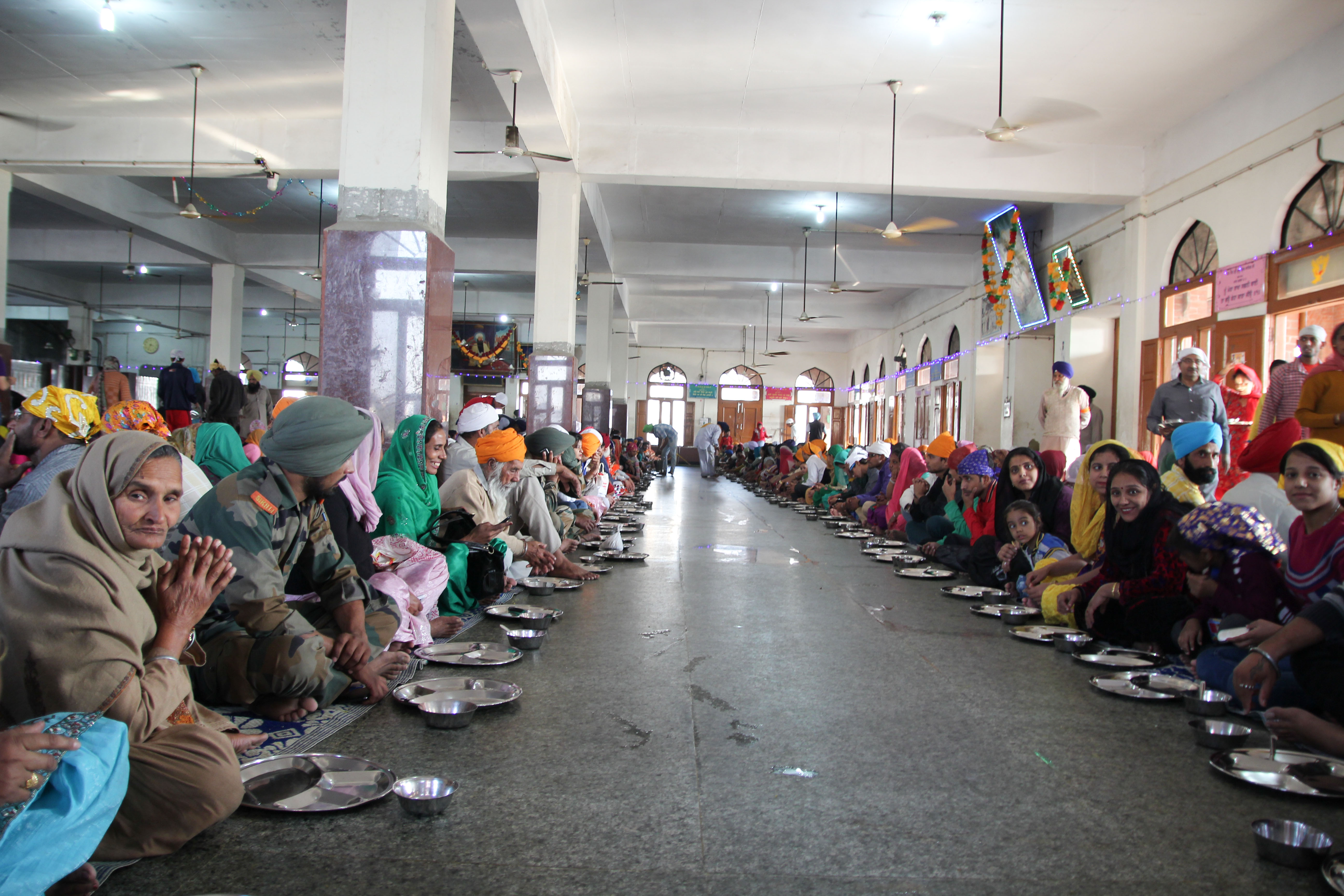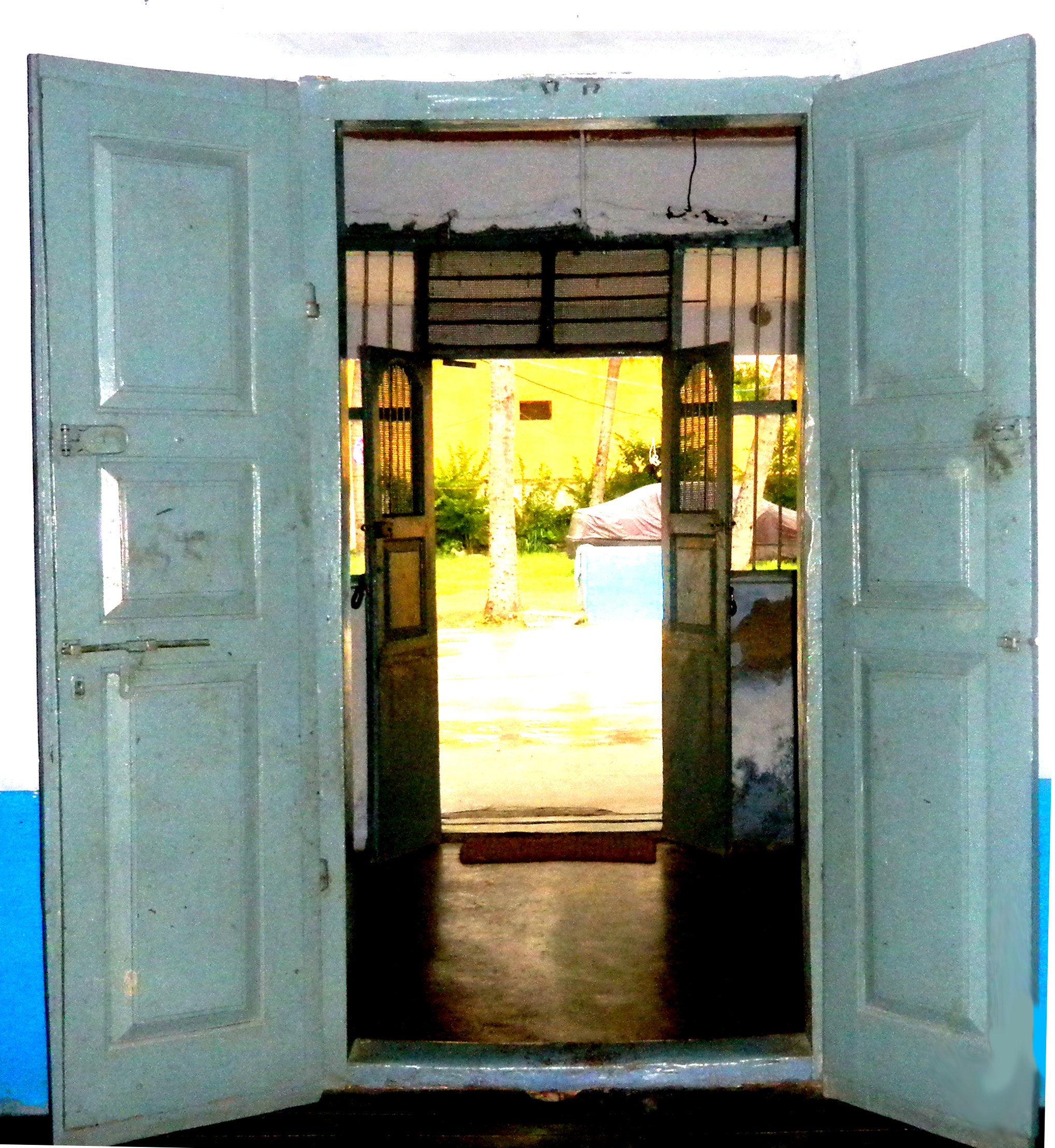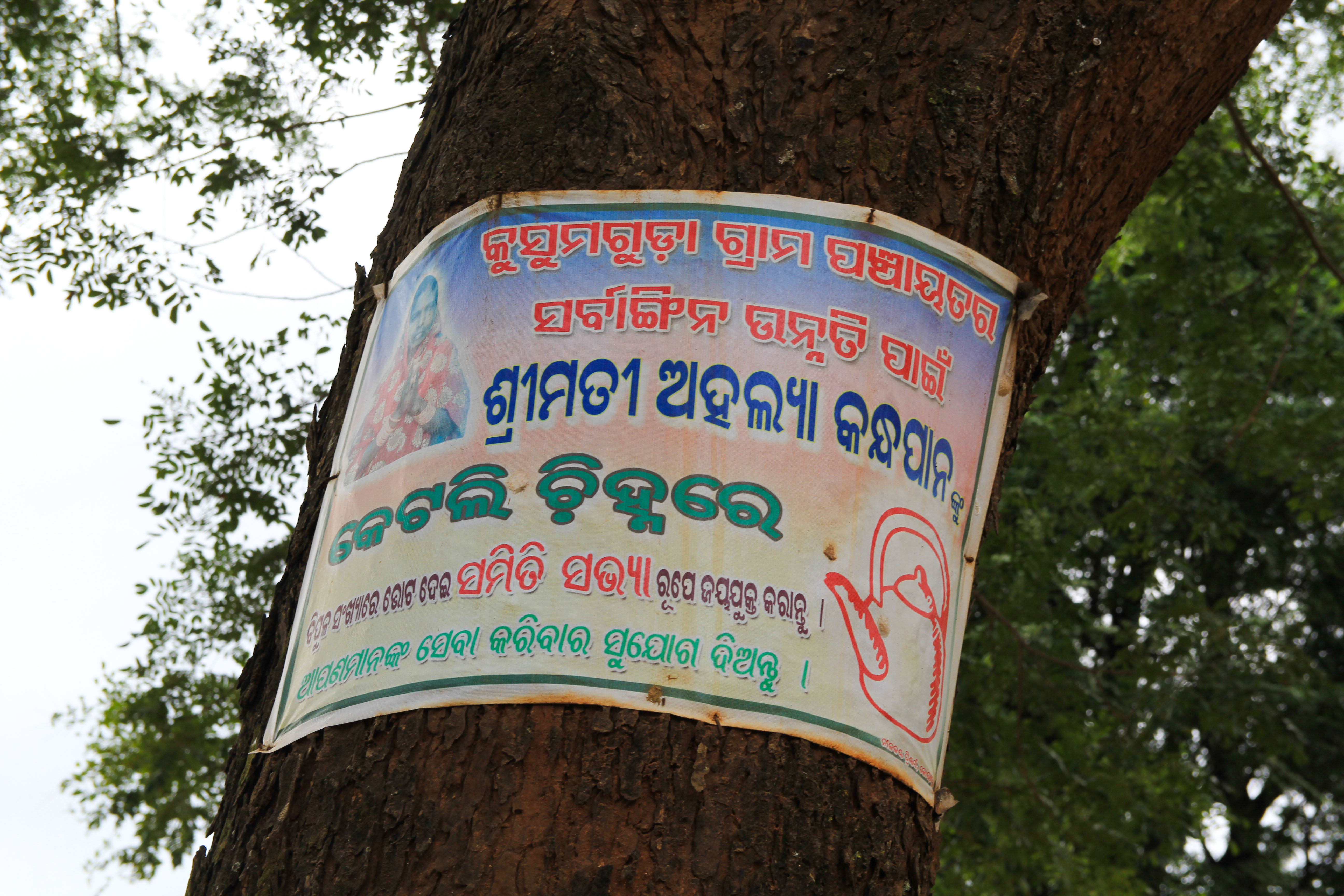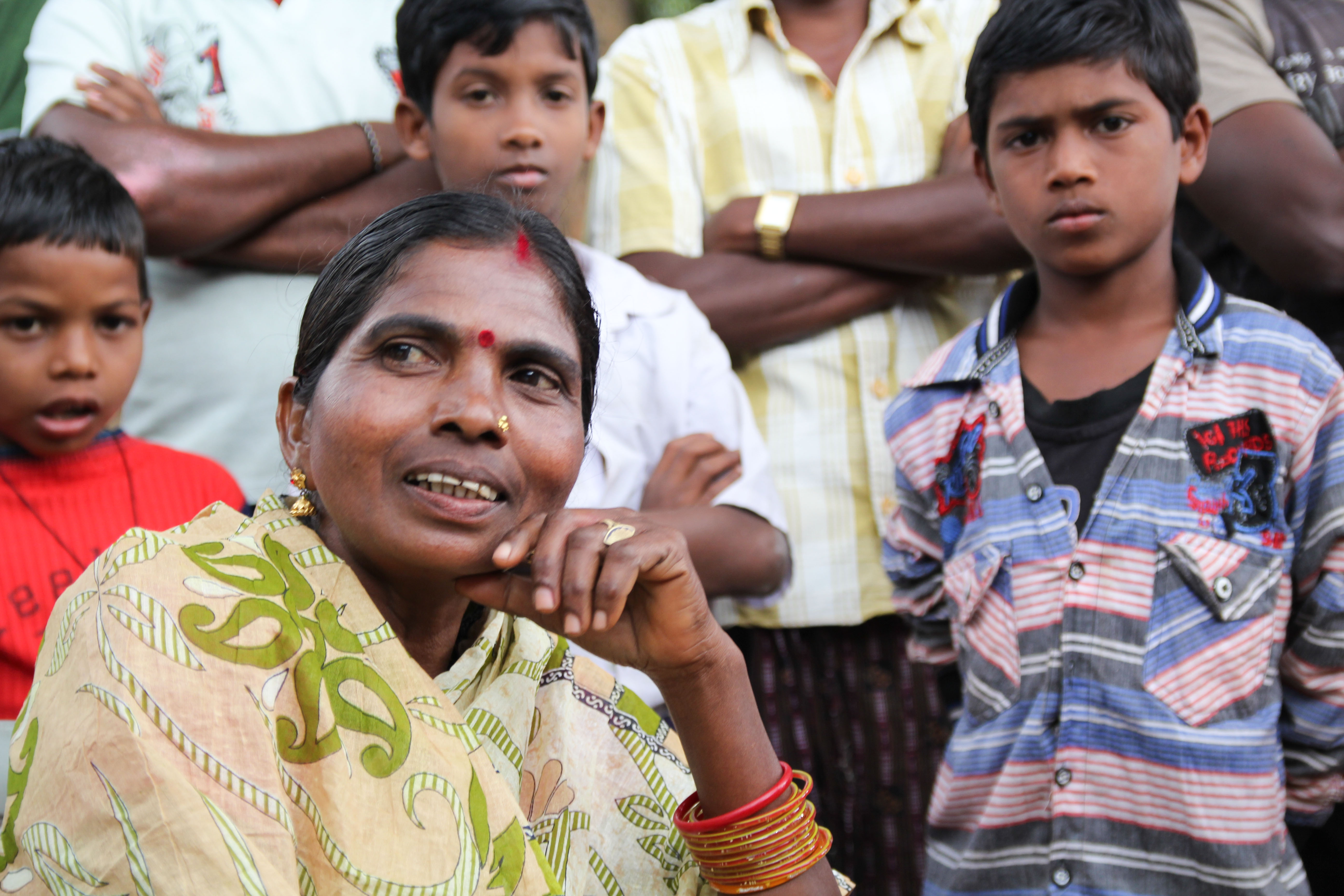As we entered the gates of Mumbai’s massive Film City, security guards descended upon us demanding to know what business we had there. Just a few yards in front of us was Kareena Kapoor Khan, one of Bollywood’s biggest names, makeup artists fussing over her face. But we weren’t there to see Kareena. We had come to meet another legend of India’s booming entertainment industry – Balwan Singh Negi, who has worked as a spot boy for the past 40 years, serving chai on the sets of upwards of 200 films.
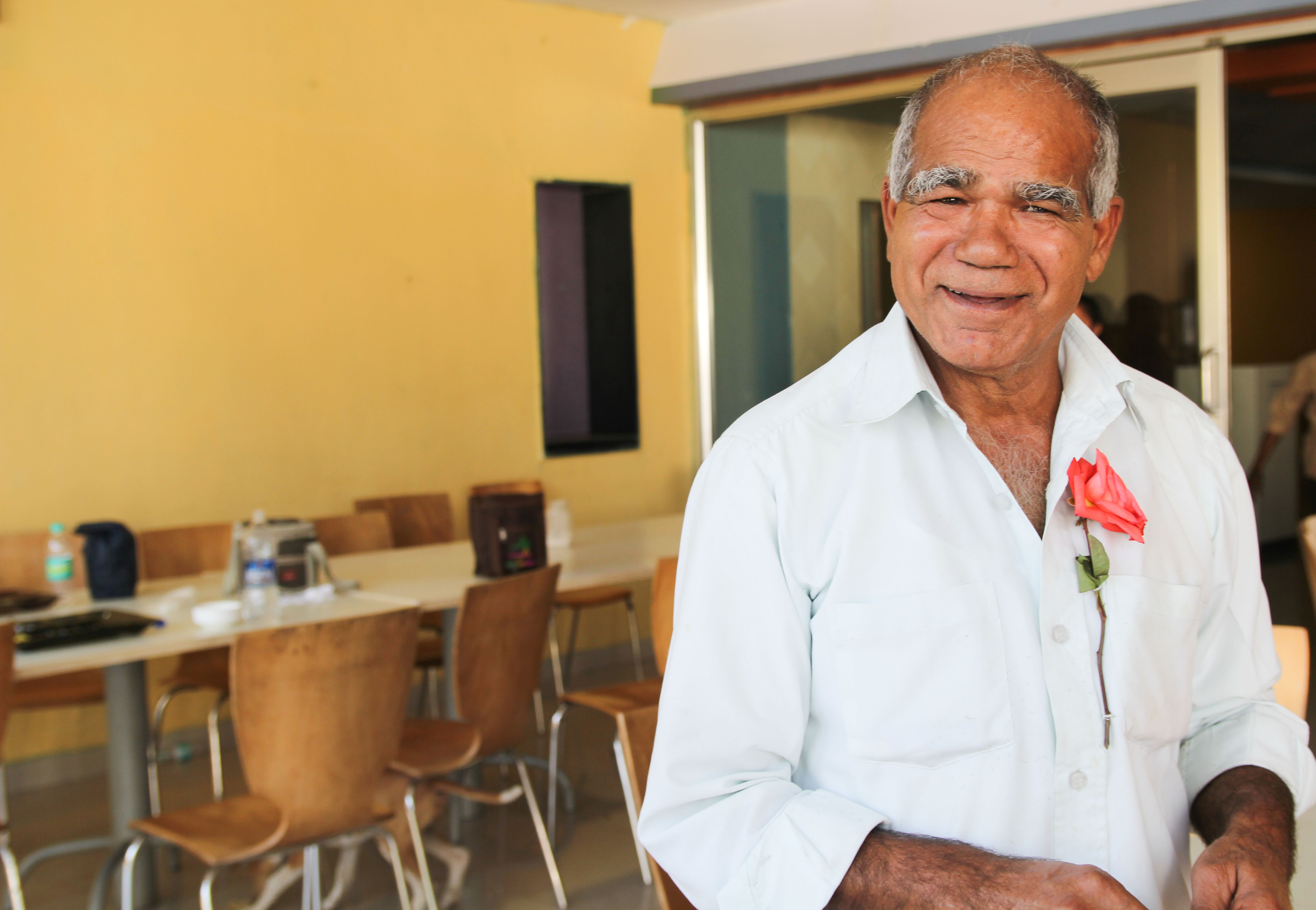
Balwan Singh Negi, who goes by the name Bahadur, has been serving chai on Bollywood sets for the past 40 years.
From behind the scenes, Bollywood’s spot boys keep the industry going. They move equipment on set, keep gawking crowds out of shots, perform odd jobs as needed, and of course, make and serve the chai that gives actors the boost they need to film the same scenes over and over.
When we told security we had come to see Mr. Negi, known affectionately as Bahadur, a guard replied, “Oh, that is a very senior man you have come to see!” We were whisked past Kareena’s entourage and beyond a table with a thermos labeled “VIP Tea,” to the side of a film prop warehouse where Bahadur was stirring a pot of boiling milk.






